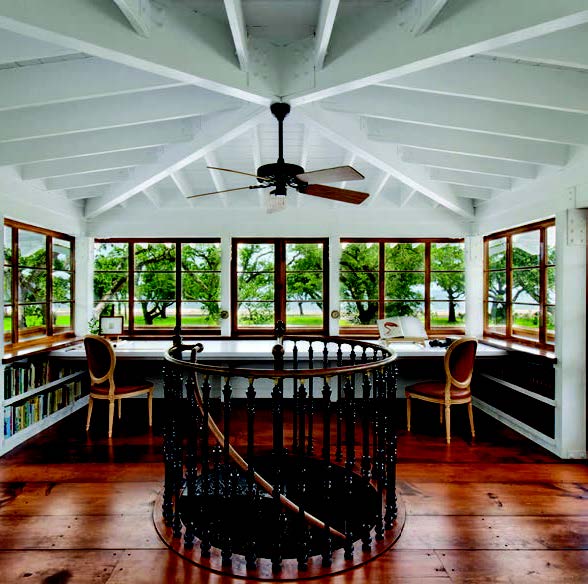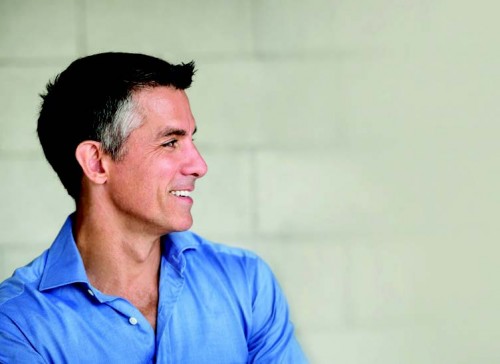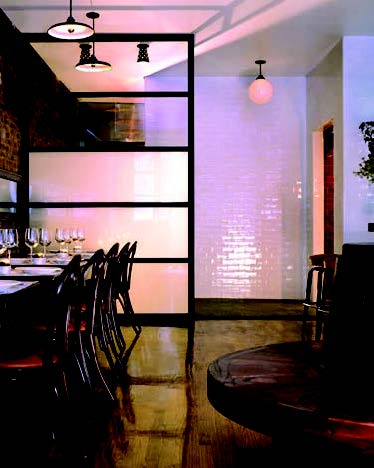- BROWSE
- Undergraduate
- schools with
- all programs
- in
- any region
- BROWSE SCHOOLS
- Undergraduate
- schools with
- all programs
- in
- any region

San Francisco, CA
Cleveland, OH
Detroit, MI
Columbus , OH
Seattle, WA
Milwaukee, WI
Philadelphia, PA
New York, NY
Los Angeles, CA
New York, NY
Burbank, CA
Burbank, CA
 Mitchell Turnbough (’88; Interior Design) has always been fascinated by the relationships of objects in space. As a child, he was endlessly rearranging his parents’ furniture in their Mississippi Gulf Coast home. “It was alternately a source of frustration and amusement for them,” he recalls. But it was also a sure sign of his artistic potential. By the time he was five, his parents had immersed him in a wide range of art classes taught by their friends in the local arts community. Those early studies came to fruition when he enrolled at Ringling College. During his time there, Turnbough studied interior design and was mentored under Benjamin Baldwin, recognized internationally as a leading force in the modern movement of American design.
Mitchell Turnbough (’88; Interior Design) has always been fascinated by the relationships of objects in space. As a child, he was endlessly rearranging his parents’ furniture in their Mississippi Gulf Coast home. “It was alternately a source of frustration and amusement for them,” he recalls. But it was also a sure sign of his artistic potential. By the time he was five, his parents had immersed him in a wide range of art classes taught by their friends in the local arts community. Those early studies came to fruition when he enrolled at Ringling College. During his time there, Turnbough studied interior design and was mentored under Benjamin Baldwin, recognized internationally as a leading force in the modern movement of American design.  After graduating in 1988, Turnbough moved to New York City to work with Bray-Schaible Design. Within five years, he was promoted to associate partner. When Robert Bray and Michael Schaible dissolved the firm in 2002, Turnbough established his own design studio, Turnbough Incorporated, and was eventually inducted into Architectural Digest’s esteemed AD100, which recognizes trailblazers and innovators in architecture and design.
After graduating in 1988, Turnbough moved to New York City to work with Bray-Schaible Design. Within five years, he was promoted to associate partner. When Robert Bray and Michael Schaible dissolved the firm in 2002, Turnbough established his own design studio, Turnbough Incorporated, and was eventually inducted into Architectural Digest’s esteemed AD100, which recognizes trailblazers and innovators in architecture and design.  “Whether residential or commercial, the principles also remain the same,” he says. “Space planning is a highly rational process. You begin with the overarching principles of your program. These are your axioms. Starting from there, you can work out the smallest detail.”
“Whether residential or commercial, the principles also remain the same,” he says. “Space planning is a highly rational process. You begin with the overarching principles of your program. These are your axioms. Starting from there, you can work out the smallest detail.”